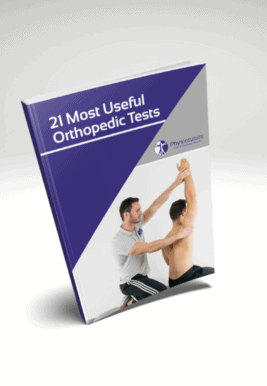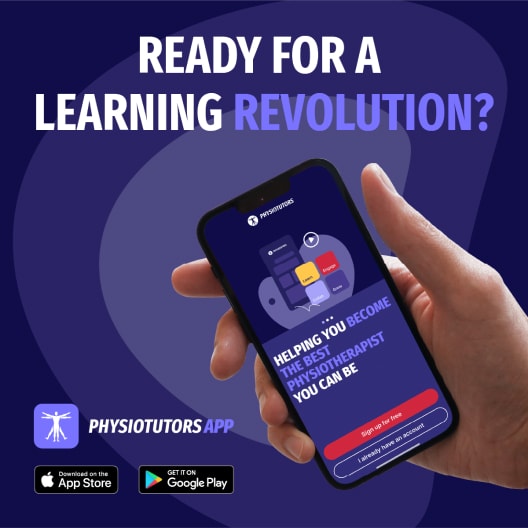Learn
Crossed Straight Leg Raise Test | Crossed Over Lasègue | Radicular Pain
While the SLR has high sensitivity and low specificity and is great to exclude lumbar radicular syndrome, the crossed straight leg raise test has been found to have a low pooled sensitivity of 28% and a high pooled specificity of 90% according to a review done by van der Windt et al. (2010). It can therefore ideally be used to confirm the hypothesis of intervertebral disc protrusion leading to lumbosacral radicular syndrome with a positive likelihood ratio of 2.8.
To perform the test, have your patient in supine lying position. Then flex your patient’s uninvolved leg at the hip up until about 60-70°. This test is positive if your patient experiences shooting pain in the extended leg along the axonal contribution of the leg.
Like with the normal SLR, flexing the uninvolved leg which will pull the dura into caudal direction and stresses the nerve roots of L4-S2. This can cause indirect compression of the uninvolved side, especially in large axillary protrusions (see image).

21 OF THE MOST USEFUL ORTHOPAEDIC TESTS IN CLINICAL PRACTICE

Other common orthopedic tests to assess for lumbosacral radicular pain are:
- Straight Leg Raise Test (SLR) / Lasègue Test (more sensitive, less specific)
- Prone Knee Bending Test / Reverse Lasègue Test (lumbar levels L4 and above)
- Bowstring Test
- Slump Test
Like what you’re learning?
BUY THE FULL PHYSIOTUTORS ASSESSMENT BOOK
- 600+ Pages e-Book
- Interactive Content (Direct Video Demonstration, PubMed articles)
- Statistical Values for all Special Tests from the latest research
- Available in 🇬🇧 🇩🇪 🇫🇷 🇪🇸 🇮🇹 🇵🇹 🇹🇷
- And much more!








